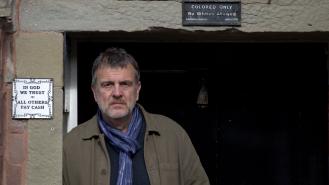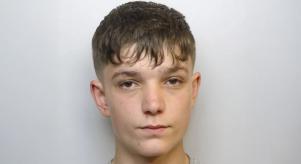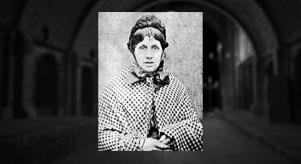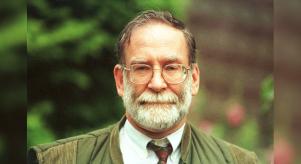
The eerie mystery of Ian Brady's unopened suitcases
“He did his best to drive me mad, even though he was behind bars. I felt at times that his mind was in search of my soul.” - Winnie Johnson, Mother of Keith Bennet.
Unfortunately, Ian Brady needs little or no introduction. Between July 1963 and October 1965, Brady murdered at least five children with help from his partner Myra Hindley.
On 6th May 1966, Ian Brady was given three life sentences to run concurrently for the murders of John Kilbride, 12, Lesley Ann Downey, 10, and Edward Evans, 17. All of the children were found buried on Saddleworth Moor.
Almost 20 years later, Brady also confessed to the murders of Pauline Reade, 16, and Keith Bennet, 12, which motivated another search for bodies on Saddleworth Moor. At the same time, Winnie Bennet, Keith’s mother, wrote to Hindley in prison, begging her to help locate her son’s body. While not immediately confessing to murder -she did a year later- Hindley agreed to help locate any significant sites the pair had visited and, in 1986, the home office granted Hindley two visitation rights to Saddleworth Moor. A year later, the body of Pauline Reade was discovered.
In the same year, Brady also agreed to visit Saddleworth Moor but, on the first visit, he was uncooperative. On the second visit, he claimed to have discovered Bennet’s grave, and even cited an exact location in Dr. Alan Keightley’s Ian Brady: The untold story of the Moors Murders. However, the child’s remains were never found then, or subsequently.
Despite both Brady and Hindley eventually confessing to the murders of Pauline and Keith, the Director of Public Prosecutions decided there was no point in a further trial as the pair were already enduring life sentences.
Then there’s the mystery surrounding an alleged letter that Brady wrote to Winnie Bennet purporting to contain the whereabouts of her son's remains. The letter, allegedly given to Brady’s mental health advocate Jackie Powell for safe keeping, came with instructions that it was only to be opened in the event of his death. However, Powell claimed she gave the letter back to Brady - a search of Brady’s cell yielded no results - though it's rumoured the envelope may have been found with no letter inside.
On 15th November 2002, Hindley died in jail aged 60. A decade later, Keith’s mum passed away without ever finding her son. Five years later, on 15th May 2017, Brady succumbed to chronic obstructive pulmonary disease. But the story is far from finished.
Brady's body was incinerated without ceremony, his ashes sealed in an urn and scattered in the Irish Sea. Brady probably knew that his dying request for his cremated ashes to be scattered on the very same Moor he had buried his young victims would be declined. Nonetheless, it provides a brief insight into his intentions to prolong the suffering he'd initiated. And Brady had one final trick up his sleeve.
Moments before Brady passed away he gave his solicitor, Robin Makin, two locked suitcases with instructions that they should not be opened before his death. But the day following his death, a district judge refused police access to the suitcases, for reasons not dissimilar to the Director of Public Prosecutions deciding there was no point for Brady and Hindley to be tried for the murder of Pauline and Keith. In this instance, the judge had concluded there was no prospect of an investigation leading to a prosecution, which is very strange because no one knows (or is supposed to know) what the suitcases contain.
What if there is evidence of more victims, an accomplice, police corruption, or, as Alan Bennet believes, clues to the location of his older brother’s grave? And it’s here we hit the rotten heart of the issue. According to the author of Lost Boy, Duncan Staff, when Professor Malcolm McCulloch interviewed Brady to learn more about the fate of Keith, Brady had a standard reply: “I know. You don’t know. You want to know. And I’m not going to tell you.”







